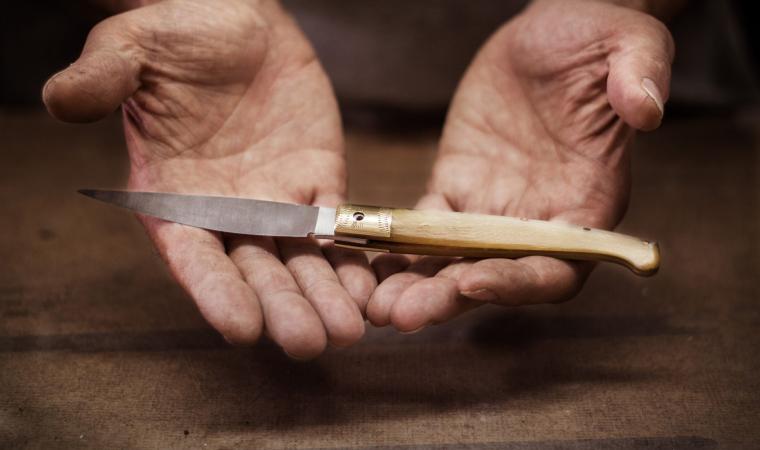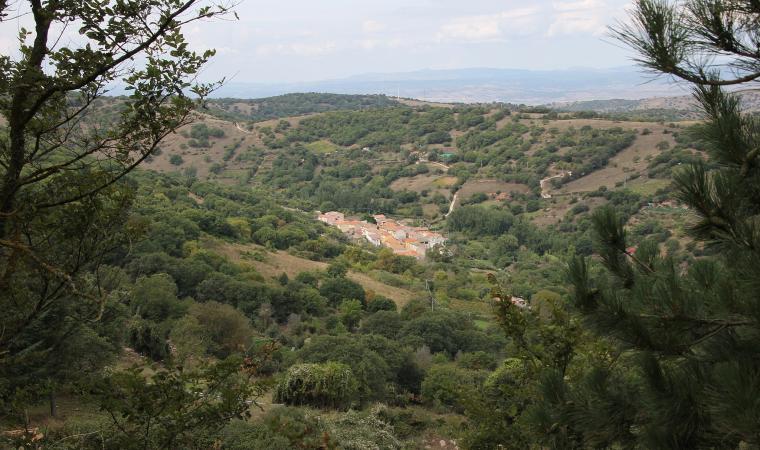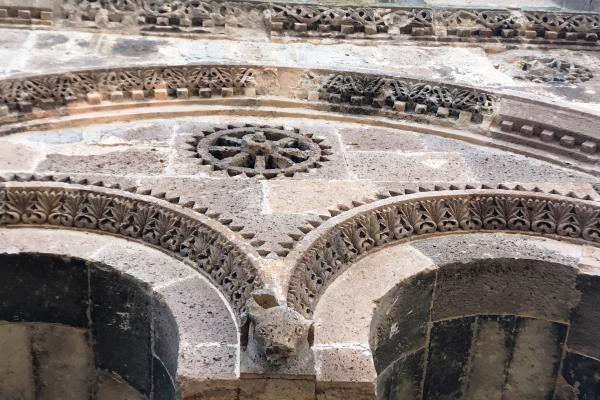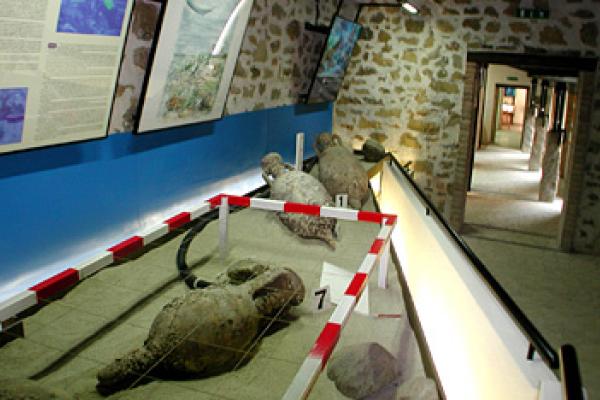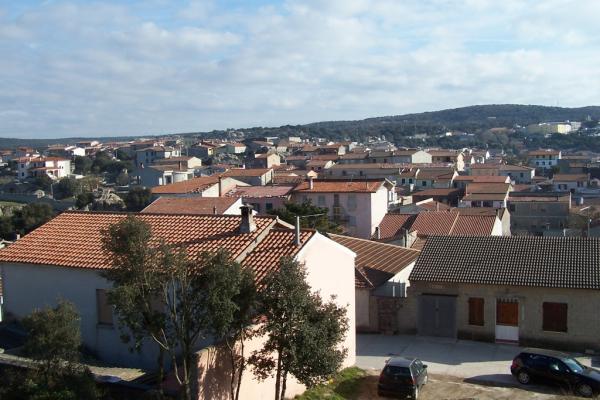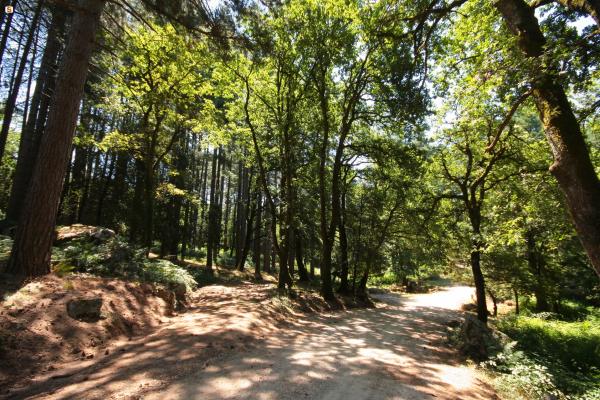Perched at an elevation of 900 metres, it conforms to the south slope of the Limbara, a massif dominating the panorama of Monteacuto in eastern Logudoro. Pattada is the “highest” inhabited centre in northern Sardinia. A town of 3500 inhabitants famous for its handmade switchblades with a steel blade and mouflon horn handle. The “resolza of Pattada” is a work of art, a cult object prized by collectors all over the world thanks to its shape, durability, finish and inlays of precious stones and metals. Every two years, in August, the Knife Museum hosts the “Biennale del coltello di Pattada” (Pattadese Knife Biennial Exhibition), a display of knife collections of local as well as international collectors. The workshops of knife-makers along the streets can also be visited. Wooden items are also of excellent quality here, especially the bowed string instruments; as are the cheeses: tasty perette, ricotta and Pecorino cheese varieties made here are exported worldwide. Sweets include the delicious honey origliettas. Bread and pasta are also a must-try: su misturu and sas pellizzas.

Town
A mountain town with fairy tale views located in eastern Logudoro, half way between Sassari and Nuoro, famed for the “resolza” knife and for being the cradle of civilization, culture and traditions
A mountain town with fairy tale views located in eastern Logudoro, half way between Sassari and Nuoro, famed for the “resolza” knife and for being the cradle of civilization, culture and traditions
See this place because...
It is famous for the Pattadese knife, a masterpiece of steel and horn, as well as for its religious, literary, food and wine traditions and its splendid views.

